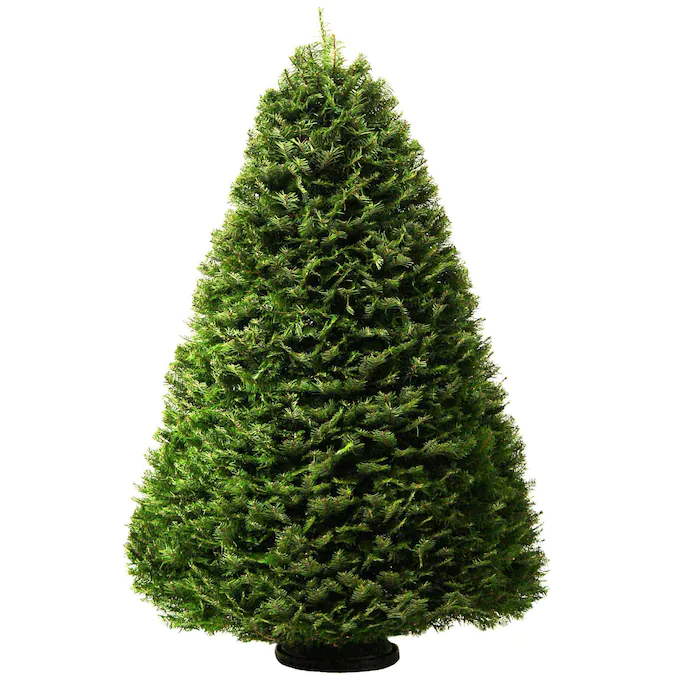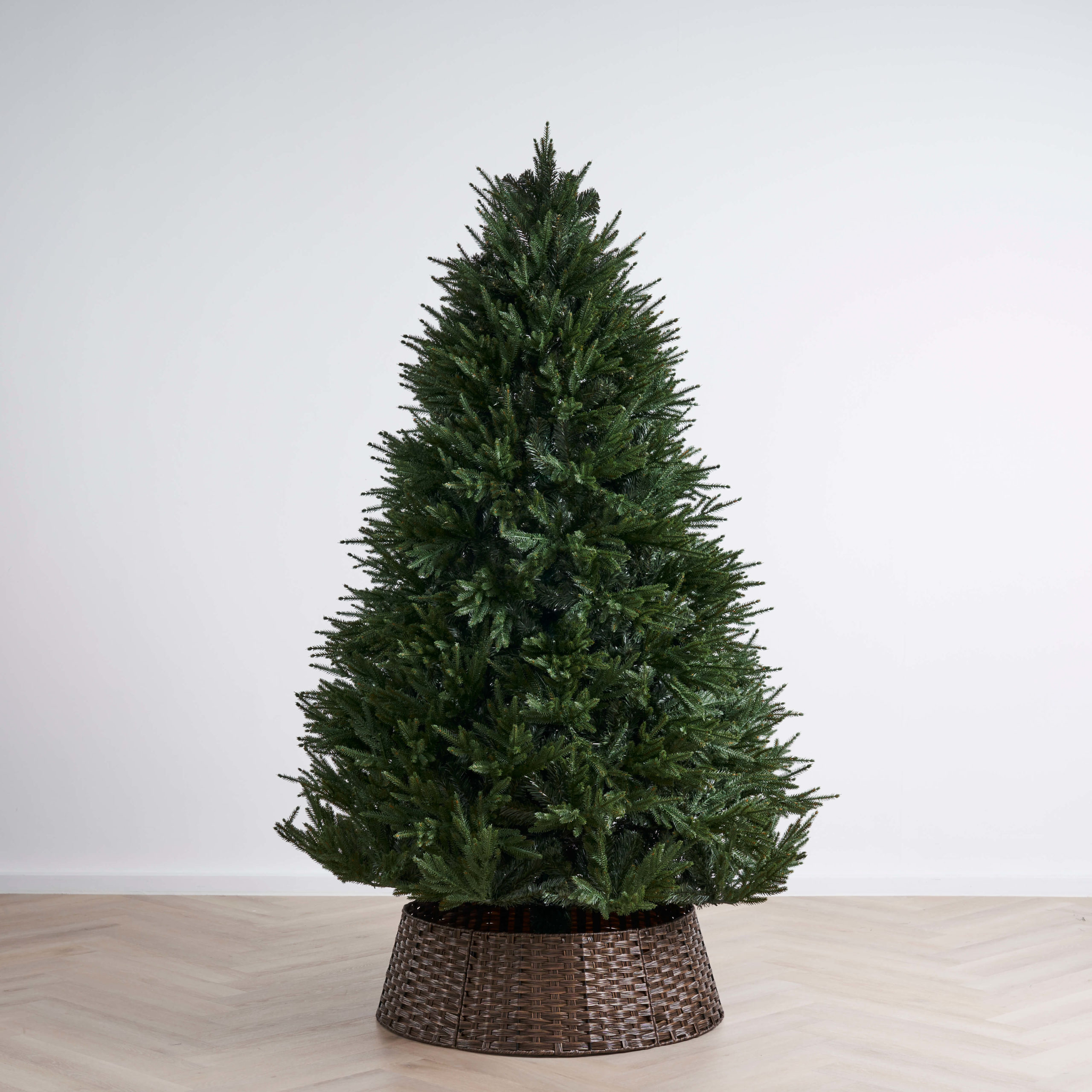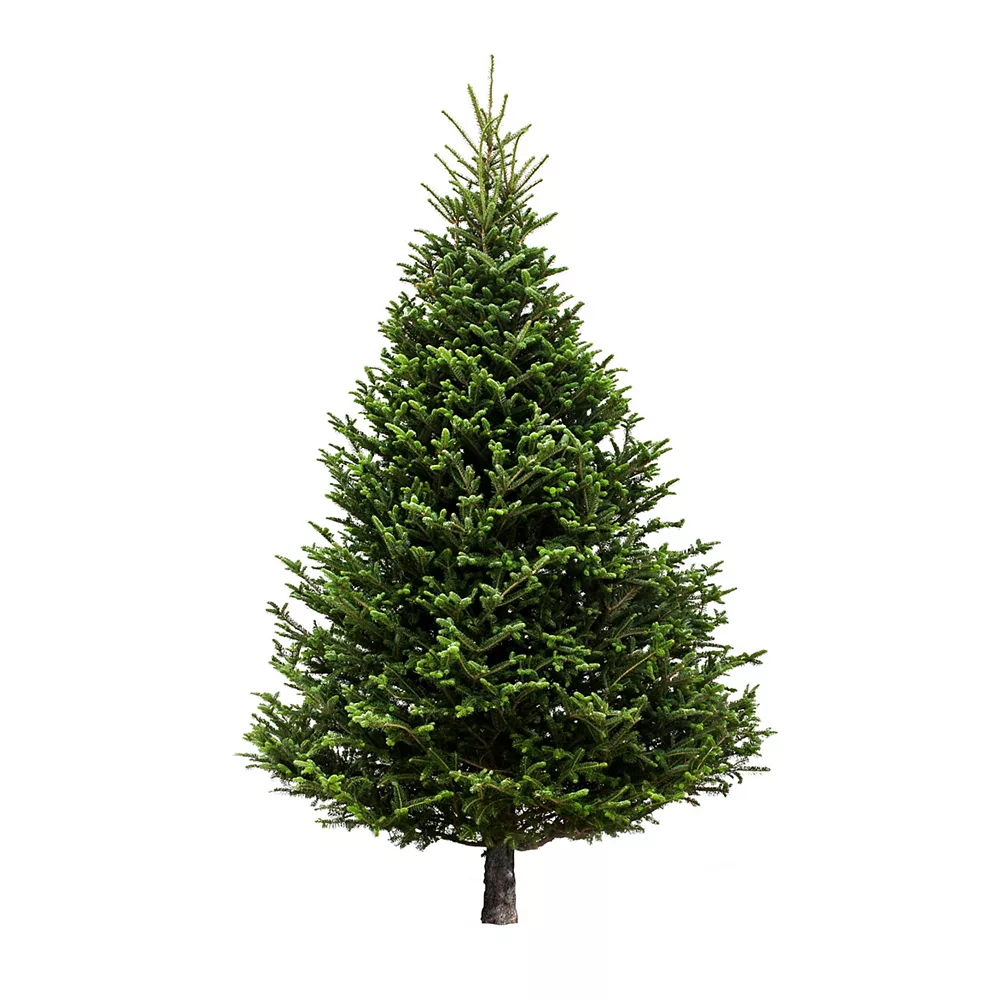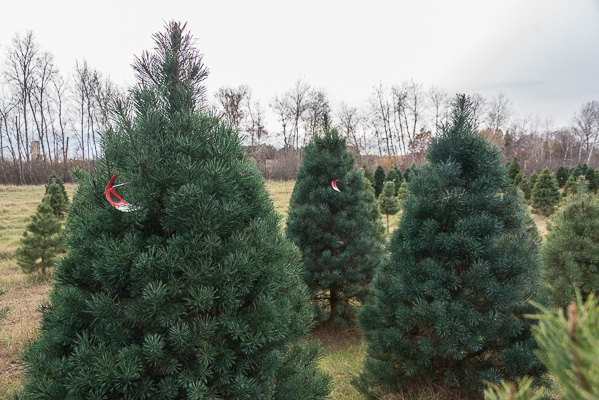Top 16 Free Christmas Tree Templates You Can Print Out And Decorate For Craft Projects
A Christmas tree is an evergreen tree, usually a pine or fir, that is decked with lights and decorations as part of the holiday season. Fresh-cut, potted, or artificial Christmas trees are utilized as both inside and outdoor decorations. While the trees have long been connected with Christian iconography, they are now mostly used for secular purposes. Many families wrap gifts around an indoor Christmas tree and wait until Christmas Eve or Christmas Day to unwrap them.
The ancient Egyptians, Chinese, and Hebrews all used evergreen trees, wreaths, and garlands to signify perpetual life. Tree worship was widespread among pagan Europeans, and it was preserved in Scandinavian rituals such as adorning the home and barn with evergreens at the New Year to ward off the Devil, and putting up a tree for the birds during the Christmas season. It survives in the tradition of putting a Yule tree at the entrance or inside the home during the midwinter holidays, which is also celebrated in Germany.
The contemporary Christmas tree, on the other hand, is a product of western Germany. A "paradise tree," a fir tree draped with apples that symbolized the Garden of Eden, was the major prop of a famous mediaeval drama about Adam and Eve.
On December 24, the Catholic feast day of Adam and Eve, Germans put up a paradise tree in their houses. They hanged wafers on it (symbolizing the eucharistic host, the Christian emblem of salvation); subsequently, cookies of different forms replaced the wafers. Candles were often used as symbols of Christ as the light of the world. The "Christmas pyramid," a triangular wood building with shelves to house Christmas figures and evergreens, candles, and a star, was in the same chamber. The Christmas pyramid and the paradise tree had combined by the 16th century, resulting in the Christmas tree.
Balsam Fir
The balsam fir is a conical-shaped evergreen tree with thick, dark-green leaves that are flat and needle-like. The leaves of the balsam fir have a gleaming silvery-white sheen to them and are widely utilized in Christmas wreaths and bouquets.
This evergreen tree has a pleasant scent as well as a pleasing appearance. Giving out that spicy Christmas smell only adds to its popularity as a Christmas tree. This specific fir variety is modest to medium in size and may reach a height of 66 feet.
Fraser Fir
The yellow-green branches of the Fraser fir have a conical form with branches that curve slightly upward and are known for their pleasant aroma. The Fraser fir is also recognized for its extra-sturdy branches, making it an excellent choice for large decorations, Christmas garland, and seasonal décor. It has needle-like leaves that spiral down the tree's stem and emit a sweet smell. The Fraser fir may reach a height of up to 50 feet.
Canaan Fir
The Canaan fir is a hybrid of the Fraser and balsam firs, and is known for its resemblance to both. The Canaan fir, like the Fraser fir, is a medium-sized evergreen tree with excellent needle retention. Flat, needle-like leaves with a lovely green tint. The Canaan fir is a newcomer to the Christmas tree market, having originated in West Virginia's mountains. As a result, this specific fir variety is scarce.
Douglas Fir
In your house, a douglas fir will make a statement. This fir tree has a complete pyramid form with blue or dark green foliage and one of the most fragrant aromas of any Christmas tree. This evergreen's leaves are flat, velvety, and grow in clusters.
Douglas firs range in size from medium to exceptionally big, reaching heights of up to 330 feet. The Douglas fir makes up over half of all Christmas trees planted in the United States, which is an interesting statistic.
Grand Fir
This evergreen tree's name certainly tells it all. The grand fir is a tall tree that grows wild in the Pacific Northwest and Northern California. These colossi may reach heights of 230 feet. The needles of the grand fir are bicolored, with yellow-green colors and a white line underneath them. This tree has lovely, dense leaves and emits that delicious, spicy Christmas tree aroma.

Noble Fir
The Noble fir is another famous Christmas tree that may reach a height of 230 feet. This evergreen tree's massive branches are uniformly spaced along the trunk. The Noble fir is a strong alternative for all of your Christmas decorations, since it grows happily in the Pacific Northwest and has needle-like leaves that like to curl upward.
Fir Concolor
The white fir is another name for the concolor fir. It is distinguished by its flattened, needle-like leaves with a pointed tip. The concolor fir has more blue-green coloured leaves while it is young, but as it becomes older, the leaves become a duller green tint. The concolor fir may reach a height of 195 feet.
White Pine
The needles of the white pine grow in fascicles or bundles. The limbs of this Christmas tree are flexible and emit little to no perfume, with bluish-green tints and pointy points. Because the limbs are not as sturdy, this pine tree is not advised for heavy ornaments or huge decorations. The white pine is the biggest pine in the United States, which is a fun fact. Mature trees may live for up to 400 years and reach heights of 230 feet.
Scotch Pine
This pine tree, often known as the Scots pine, is another popular Christmas tree alternative. The scotch pine has dark green foliage and robust branches, making it ideal for hanging Christmas lights and ornaments. This pine tree may reach a height of 115 feet.
In the winter, the needles change color from blue-green to a darker green and grow in fascicles or bunches of two. The scotch pine is also recognized for its lengthy needle retention, which means less clean-up after the holidays. It's also Scotland's national tree, which is a fun tidbit.
Virginia Pine
Because of its small, twisted needles that grow in pairs, the Virginia pine is readily identifiable. This pine tree, which reacts well to pruning, has short branches and thick foliage. The Virginia pine is a small to medium-sized tree that may reach a height of up to 70 feet.
Blue Spruce
The waxy gray-blue needles of the blue spruce, also known as the Colorado blue spruce, are prized for their upward-curving tendency. This spruce tree is native to the Rocky Mountains of the United States, and it has thick foliage that grows in a conical form up to 75 feet tall. "The ideal Christmas tree shape" is supposed to be the blue spruce. The blue spruce is Colorado's official state tree.
Norway Spruce
The Norway spruce is a fast-growing evergreen coniferous tree with a height of up to 180 feet. It has needle-like leaves with a dark green tint and sharp points. Despite its popularity in the United States, the Norway spruce is primarily a European spruce species. Because the Norway spruce's needle retention is low, it's critical to properly care for and hydrate your tree.
Spruce White
The Canadian spruce, skunk spruce, western white spruce, and a few more names are all used to describe the white spruce. This specific spruce variety is a huge tree that may reach 130 feet in height. This spruce is a feasible alternative for all of your lights and decorations, with needle-like leaves that are small and strong in a blue-green tint.
Arizona Cypress
The Arizona cypress is endemic to the Southwest United States, as its name suggests. It's a medium-sized evergreen tree that reaches a height of 60 feet. On branches that develop in a conical form, the leaves of this specific cypress have a bluish-gray tint.
Leyland Cypress
The leyland cypress has greenish-gray feathery leaves that grow vertically, giving the tree a pyramid-like form. The leyland cypress does not emit any perfume, so if you're looking for a fragrant Christmas tree, this isn't the one for you. On the positive side, people with allergies may benefit from the absence of aroma. This fast-growing tree may reach heights of up to 70 feet.
Red Cedar
Eastern red cedar, pencil cedar, and aromatic cedar are all names for the same tree. This specific cedar's branches are thick and create a pyramid-like appearance. The leaves have a dark, gleaming green hue that shoot upwards. Despite their sluggish growth rate, eastern red cedars have been known to reach heights of over 40 feet. In Missouri, Oklahoma, and Arkansas, this cedar tree is most typically utilized as a Christmas tree.
There's no better way to get into the Christmas mood than by decorating your Christmas tree, but first you must choose one. With so many alternatives to choose from, we hope this guide to the many varieties of Christmas trees will assist you in narrowing down your top choices.
Don't forget to take excellent care of your tree after you've brought it home. Our step-by-step guide to Christmas tree maintenance will ensure that your tree remains healthy throughout the holiday season. It's time to start decorating and partying! This year, don't forget to look for customised Christmas ornaments to add to your tree.
Conclusion
You may plan a variety of additional Christmas projects for the kids, ranging from easy ideas to magnificent homemade presents and decorations. These simple and fast projects may be completed in less than half an hour using supplies you may already have on hand. To manufacture some festive things, you'll need some basic equipment, some basic abilities, and a lot of passion.



